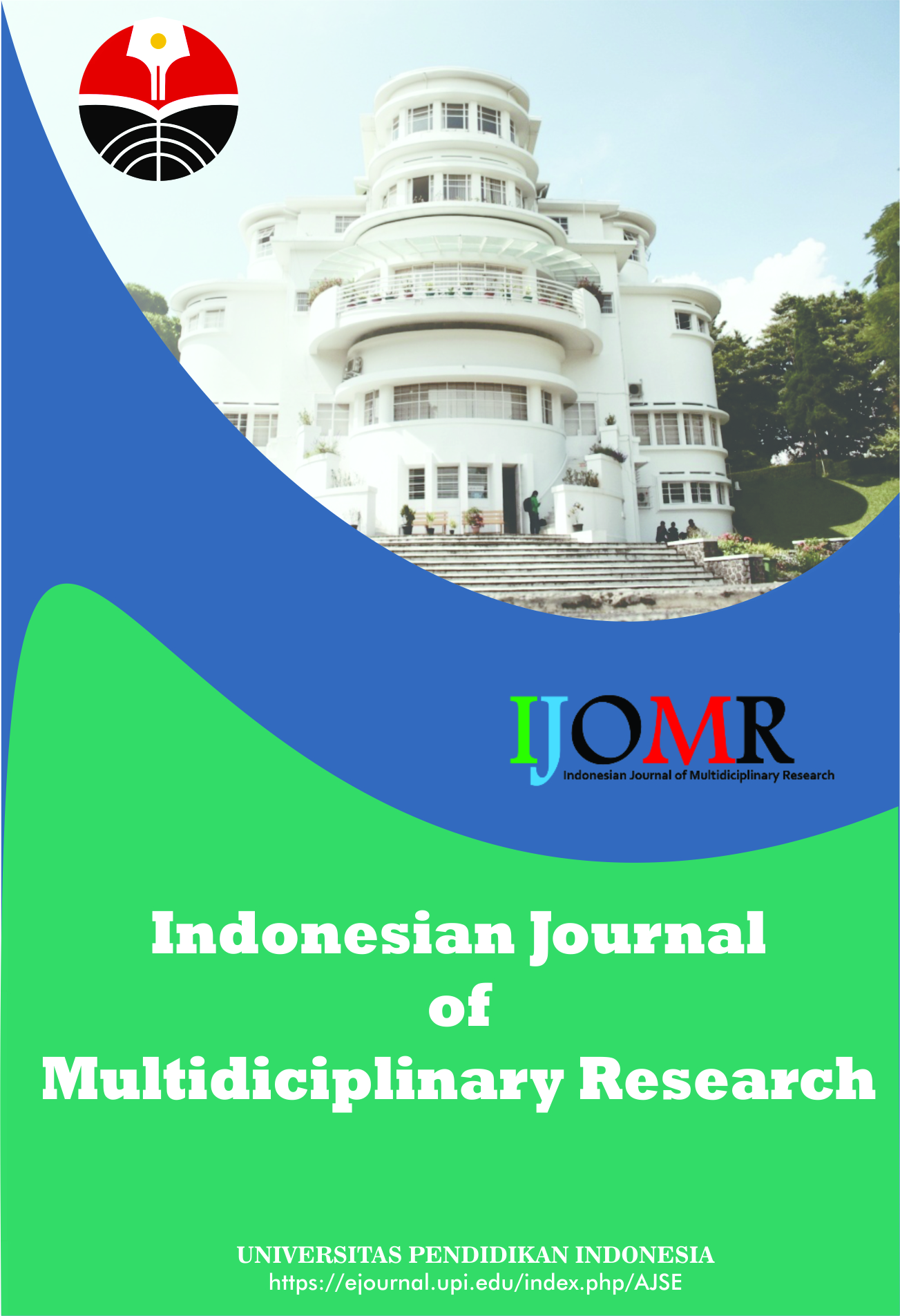Toys as a Mirror of Civilization: Evolution, Types, and Cultural Significance
Abstract
Toys have become an important instrument in human development, reflecting cultural values, technological advances, and social dynamics in every era. This study will trace the history of toys from prehistoric times to the digital era, categorize the types of toys based on function, culture, and materials, and analyze their role in education, identity, and globalization. This study uses a descriptive qualitative method where in this study the researcher will explain the history of toys from ancient times to the present along with their materials, functions and uses where the purpose of this study is as a basis for other researchers in examining the visuals of a toy and the development of the function and material of the toy itself. The results of the study show that toys are not only for entertainment, but also as a medium for transmitting knowledge, markers of social stratification, and products of multi-sectoral collaboration.
Keywords
Full Text:
PDFReferences
Afifah, S., Mudzakir, A., and Nandiyanto, A.B.D. (2022). How to calculate paired sample t-test using SPSS software: From step-by-step processing for users to the practical examples in the analysis of the effect of application anti-fire bamboo teaching materials on student learning outcomes. Indonesian Journal of Teaching in Science, 2(1), 81-92.
Albion, L., Kaira, M.R., Tawami, T., Fairuz, D.A., and Maulana, H. (2021). Designing English education game application for early childhood. ASEAN Journal of Science and Engineering Education, 1(2), 117-124.
Bowersox, J. (2022). Playing with diversity: Racial and ethnic difference in playmobil toys. Consumption Markets and Culture, 25(2), 139-158.
Chang, L. (2025). Blending tradition with trend: Heritage-inspired elements in today’s popular toys. Cultura: International Journal of Philosophy of Culture and Axiology, 22(2), 312-327.
Crawford, S. (2009). The archaeology of play things: theorising a toy stage in the ' biography ' of objects. Childhood in the Past, 2(1), 55-70.
Elvins, S. (2004). The game makers: The story of Parker Brothers from Tiddledy Winks to Trivial Pursuit. Enterprise and Society, 5(2), 343-344.
Fassoulas, A., Rossie, J. P., and Procopiou, H. (2020). Children, play, and learning tasks: From North African clay toys to Neolithic figurines. Ethnoarchaeology, 12(1), 36-62.
Hamlin, D. (2003). The structures of toy consumption: Bourgeois domesticity and demand for toys in nineteenth-century Germany. Journal of Social History, 36(4), 857-869.
Hanna, H., Abdul, S.L., Cruz, A.D.B.D., Manalo, Z.T., Papna, F.M.L., and Falle, J.A. (2021). Game-based activity method: A case of grade 5 students. Indonesian Journal of Teaching in Science, 1(1), 13-16.
Heikkilä, M. (2022). Boys, weapon toys, war play and meaning-making: prohibiting play in early childhood education settings?. Early Child Development and Care, 192(11), 1830-1841.
Jenkins, H. (2006). Cultura de convergencia: Donde los viejos y nuevos medios chocan. Social Science Computer Review, 26(2), 252-254.
Kultti, A., and Pramling, N. (2015). Bring your own toy: Socialisation of two-year-olds through tool-mediated activities in an Australian early childhood education context. Early Childhood Education Journal, 43, 367-376.
Lathifah, N.N., and Maryanti, R. (2021). Basic arithmetic learning through math online games for elementary school students during the pandemic. Indonesian Journal of Multidiciplinary Research, 1(2), 379-384.
Mertala, P., Karikoski, H., Tähtinen, L., and Sarenius, V. M. (2016). The value of toys: 6–8-year-old children's toy preferences and the functional analysis of popular toys. International Journal of Play, 5(1), 11-27.
Qian, M., Wong, W. I., Nabbijohn, A. N., Wang, Y., MacMullin, L. N., James, H. J., and VanderLaan, D. P. (2023). Children’s implicit gender–toy association development varies across cultures. Developmental Psychology, 59(12), 2287.
Riede, F., Lew-Levy, S., Johannsen, N. N., Lavi, N., and Andersen, M. M. (2023). Toys as teachers: a cross-cultural analysis of object use and enskillment in hunter–gatherer societies. Journal of Archaeological Method and Theory, 30(1), 32-63.
Rochanavibhata, S., and Marian, V. (2022). Culture at play: A cross-cultural comparison of mother-child communication during toy play. Language Learning and Development, 18(3), 294-309.
Rusyani, E., Maryanti, R., Rahayu, S., Ragadhita, R., Al Husaeni, D.F., and Susetyo, B. (2022). Application of Scrabble game in improving learning of simple sentence structure on the student with hearing impairment. ASEAN Journal of Science and Engineering Education, 2(1), 75-86.
Rusyani, E., Saepulloh, A., Maryanti, R., Ragadhita, R., and Al Husaeni, D.F. (2021). The effect of the team-games-tournament method on improving the learning ability of student with hearing impairment in multiplication concepts. Indonesian Journal of Multidiciplinary Research, 1(2), 219-228.
Semiz, M. Ž. (2022). Toys as artifacts of the material culture of children and childhood: Implications for future research. Teme-Časopis za Društvene Nauke, 46(2), 399-416.
DOI: https://doi.org/10.17509/ijomr.v4i2.84241
Refbacks
- There are currently no refbacks.
Copyright (c) 2025 Kantor Jurnal dan Publikasi, Universitas Pendidikan Indonesia (UPI)

This work is licensed under a Creative Commons Attribution-ShareAlike 4.0 International License.
Indonesian Journal of Multidiciplinary Research (IJOMR) is published by Universitas Pendidikan Indonesia (UPI)















